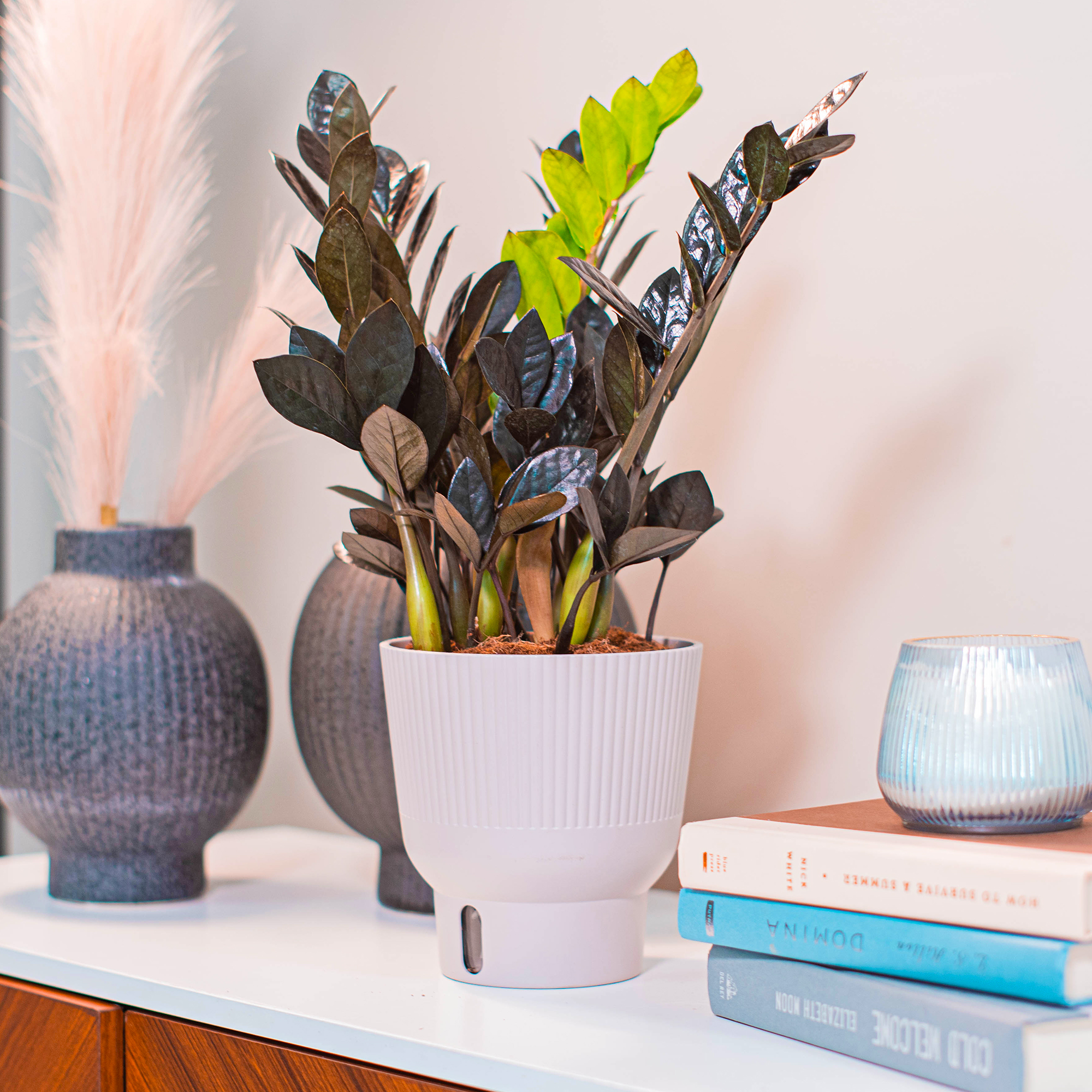7 Best Bonsai Trees For Beginners: Easy Options That Are Simply Stunning
Discover the easiest bonsai trees to grow that bring beauty and serenity to your space. Perfect for beginners ready to start their bonsai journey!

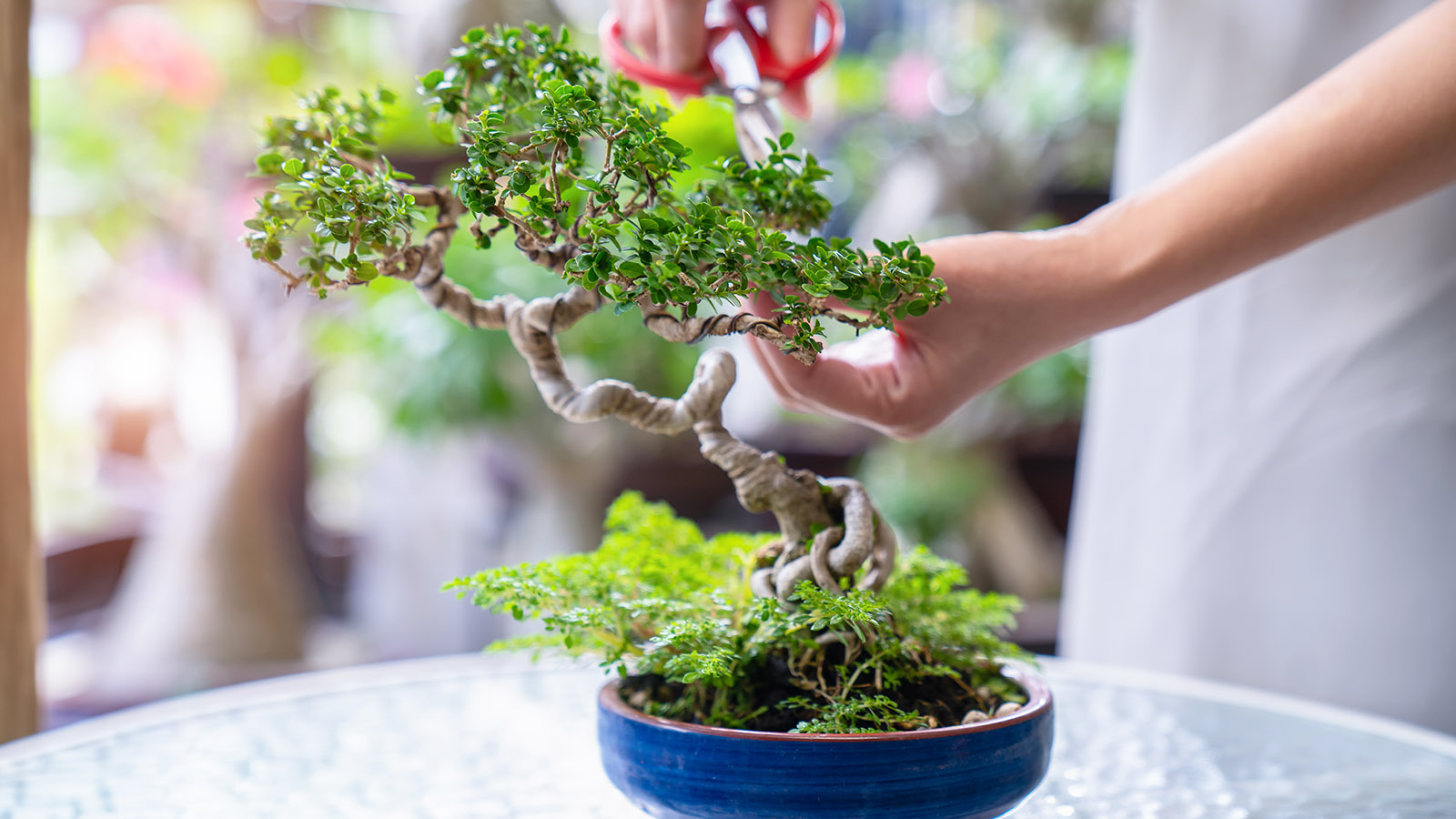
With their ancient form and elegant art, bonsais are fascinating trees. The art of sculpting trees originated in China, although the word itself is Japanese. Only the rich and influential indulged in the practice and the resulting tiny plants were often prized gifts.
The art later migrated to Japan where it became a cultural phenomenon, and still is today. Bonsai masters hone their craft with decades of practice and apprenticeships. The plants are pricey to purchase for a good reason: it takes countless hours to manicure and train these special trees.
If you have ever wanted to care for a bonsai tree, start with species that are easier to train and don’t have the high maintenance needs of traditional bonsai plants. Suit your tree choice to your USDA hardiness zone or home environment. Your first tree should have a natural form that will be easy to maintain as you learn about skills like wiring and pruning bonsai trees.
Be prepared to spend some quality time with your new tree, learning its needs, and observing its growth patterns. Bonsai is a slow, but rewarding pastime so be prepared to be patient. These varieties are a great place to start.
1. Ficus
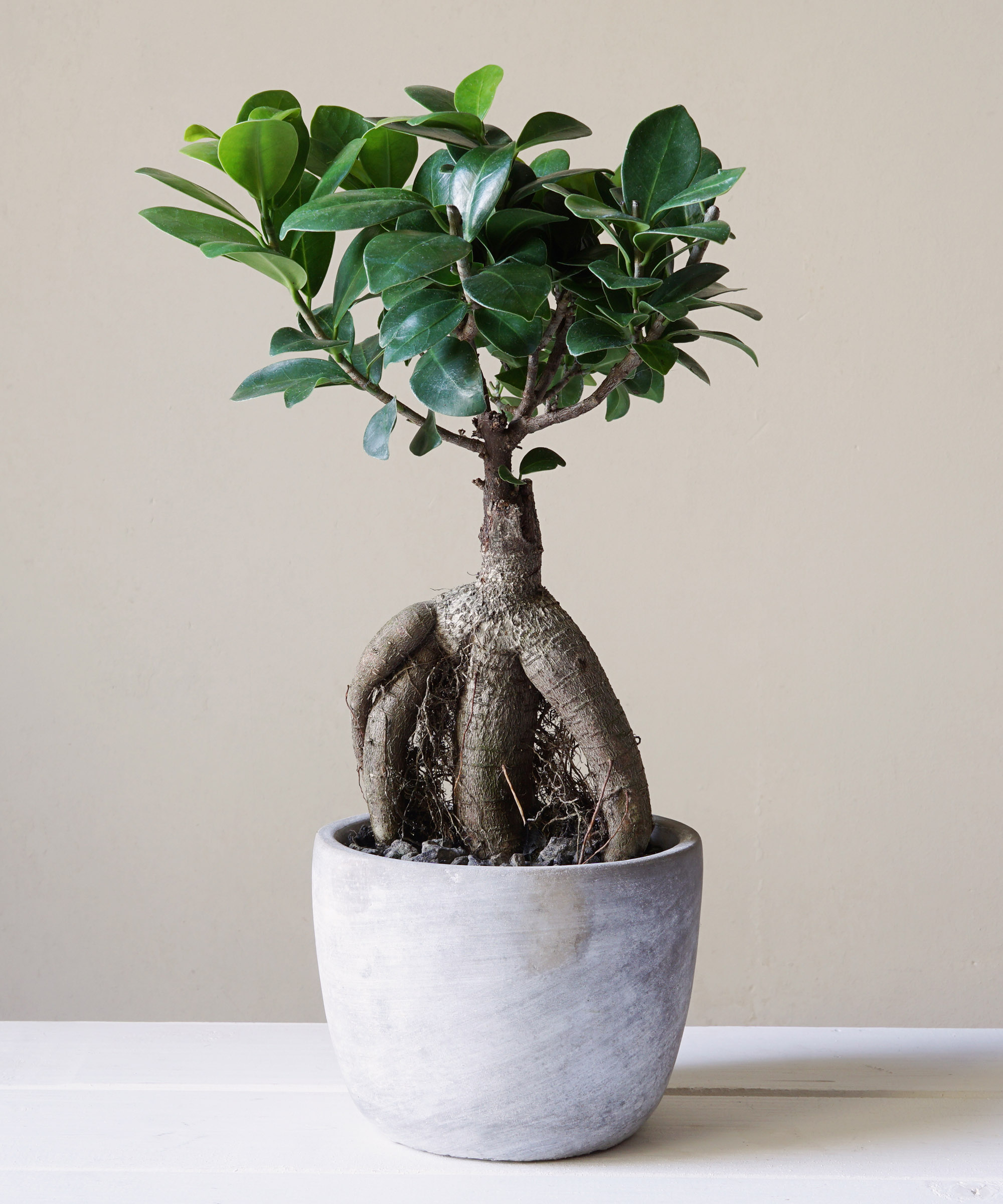
Ficus is a great option for a first-time bonsai gardener. The plants are tolerant of slightly dry soil conditions and are generally low maintenance.
Pruning is focused on just clipping off the leaves. Due to the plant’s budding nature, you can prune it anywhere with no ill effects. New leaves will sprout from the cut. The branches are easy to bend, meaning they may be shaped with ease with wire.
Ficus bonsai trees perform best indoors in a bright, sunny location.
Sign up for the Gardening Know How newsletter today and receive a free copy of our e-book "How to Grow Delicious Tomatoes".
2. Dwarf Jade
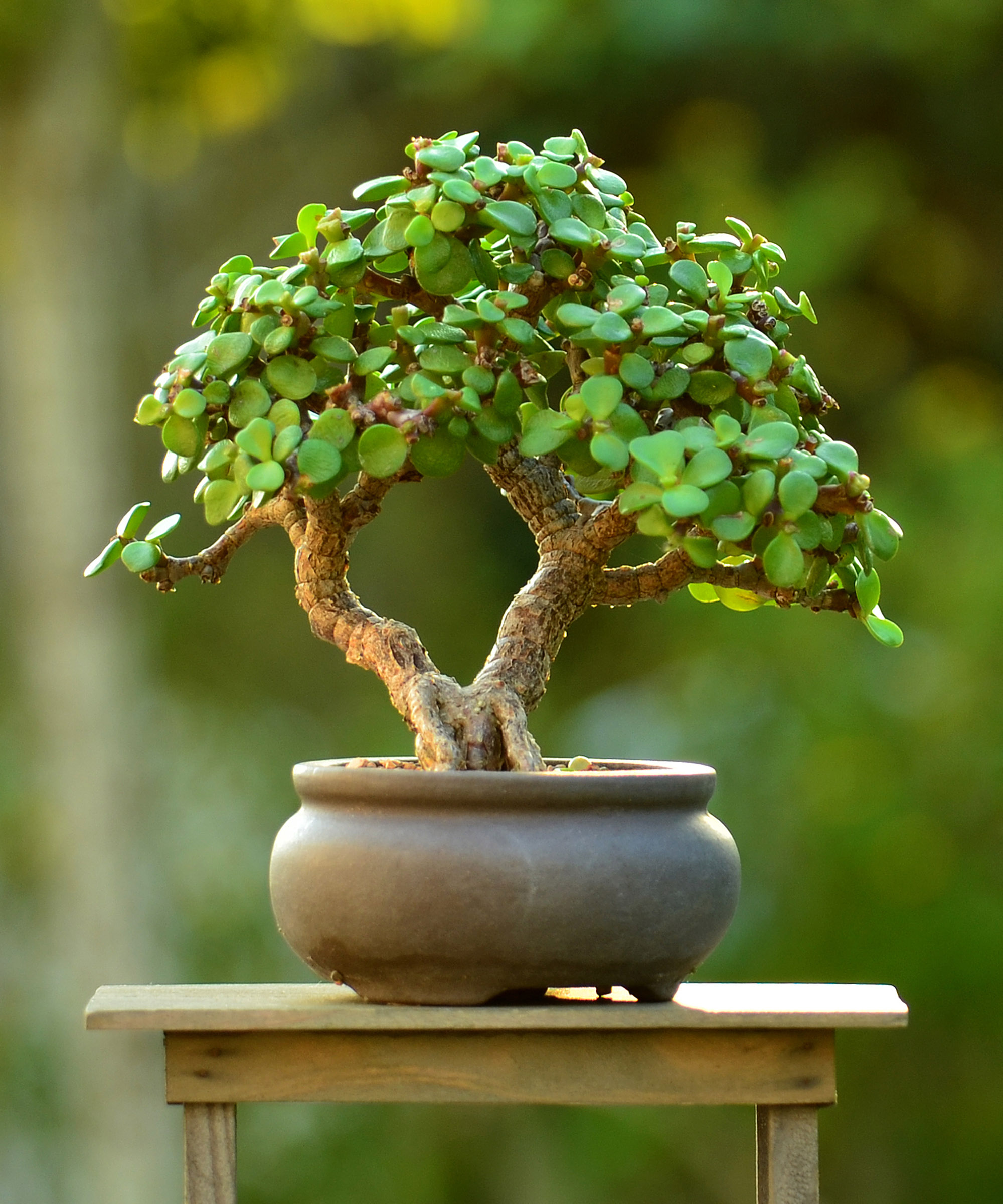
Jade trees are already small and make excellent bonsai. Because jade is a succulent bonsai it can thrive in low-water situations, but it is not cold hardy and is best grown indoors in most locations. Keep it in a southern or western window.
Prune jade frequently to promote denser branching and a lower height. You can wire this tree but be cautious on newer stems, which are tender. Be careful that the wire doesn’t cut into the plant tissue.
Repot the dwarf jade every other year in spring but don’t water it for a week after to prevent root rot. Feed once per month and water sparingly.
3. Japanese Maple
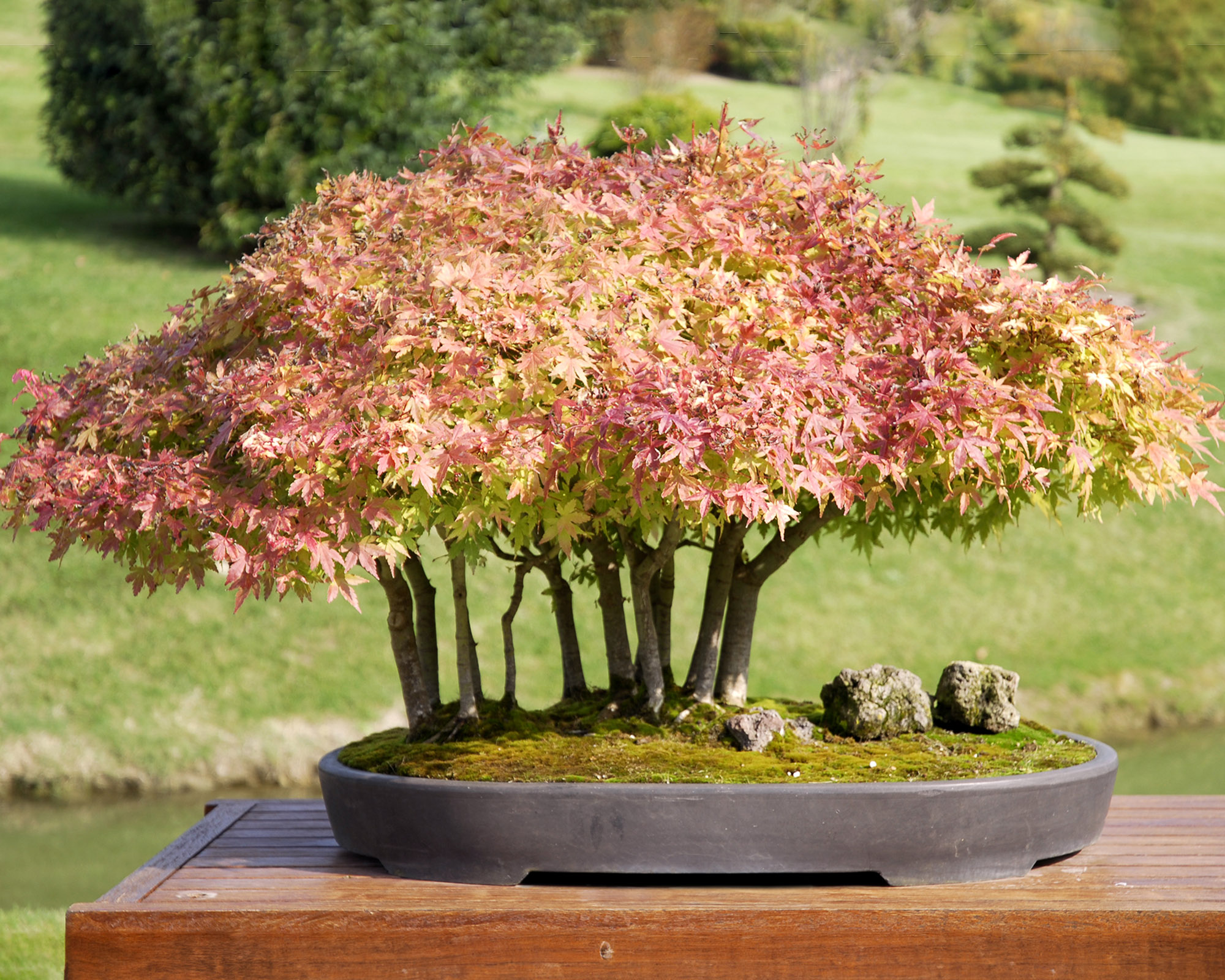
Few plants have the elegant foliar splendor of a Japanese maple tree. New spring leaves are reddish and turn golden green in summer. In fall, an array of foliage tones in bronze, orange, gold, and red arrive.
These stunning bonsai trees can be grown either outdoors or in. They must be watered daily in the growing season and maybe twice per day in high heat. When temperatures top 85°F (29°C), the container should be moved to a slightly shady location to protect the foliage. Avoid fertilizers with high rates of nitrogen, which could cause larger leaves to form.
A Japanese maple makes the perfect “windswept” tree with its natural form. Prune the thickest branches in fall or summer and use a wound paste at the cut site since maples are prone to fungal infections.
4. Schefflera
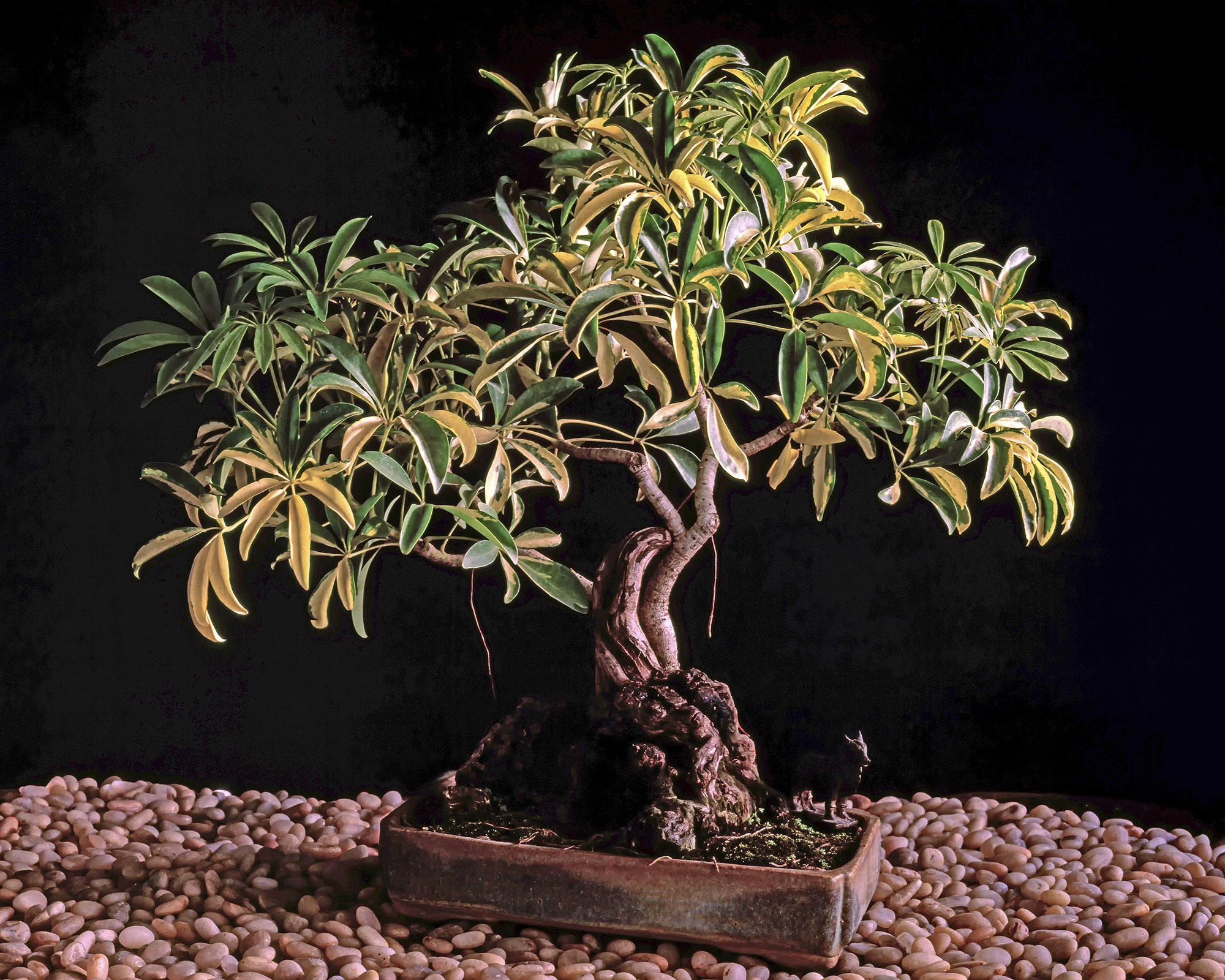
This plant has almost no maintenance and is ideal for the home interior. Schefflera bonsai – or Hawaiian umbrella – prefers medium humidity and bright, indirect light.
The most important care instruction is to never let the root ball dry out. Keep the soil moist at all times. Apply liquid fertilizer once per month during the growing season.
Keep the tips of the twigs pruned off to promote new shoots and smaller leaves. The stems are too soft to practice wiring.
5. Chinese Elm
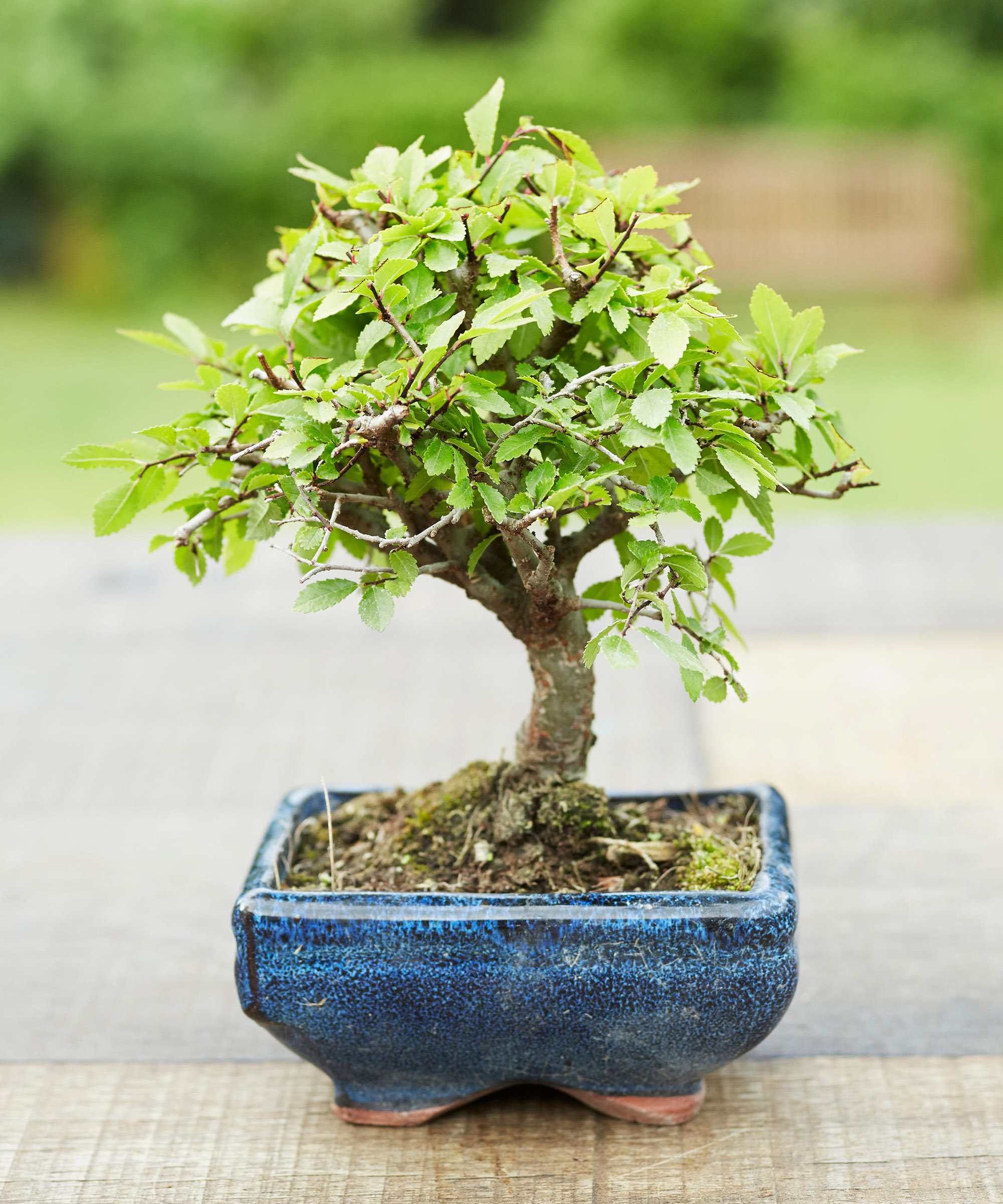
Chinese elms naturally look like they have been exposed to many seasons of coastal wind. The plants aren’t too expensive and they produce tiny leaves.
They are frost-hardy and may be grown either indoors or out. In areas with hard winters, move the plant indoors to a cool room. Place the container in full to partial sun.
This plant does require frequent pruning. Prune shoots in late autumn. Use liquid fertilizer once per month in the growing season. Wait until the top of the soil is dry to the touch and then water enough that the moisture leeks through the drainage holes.
6. Juniper
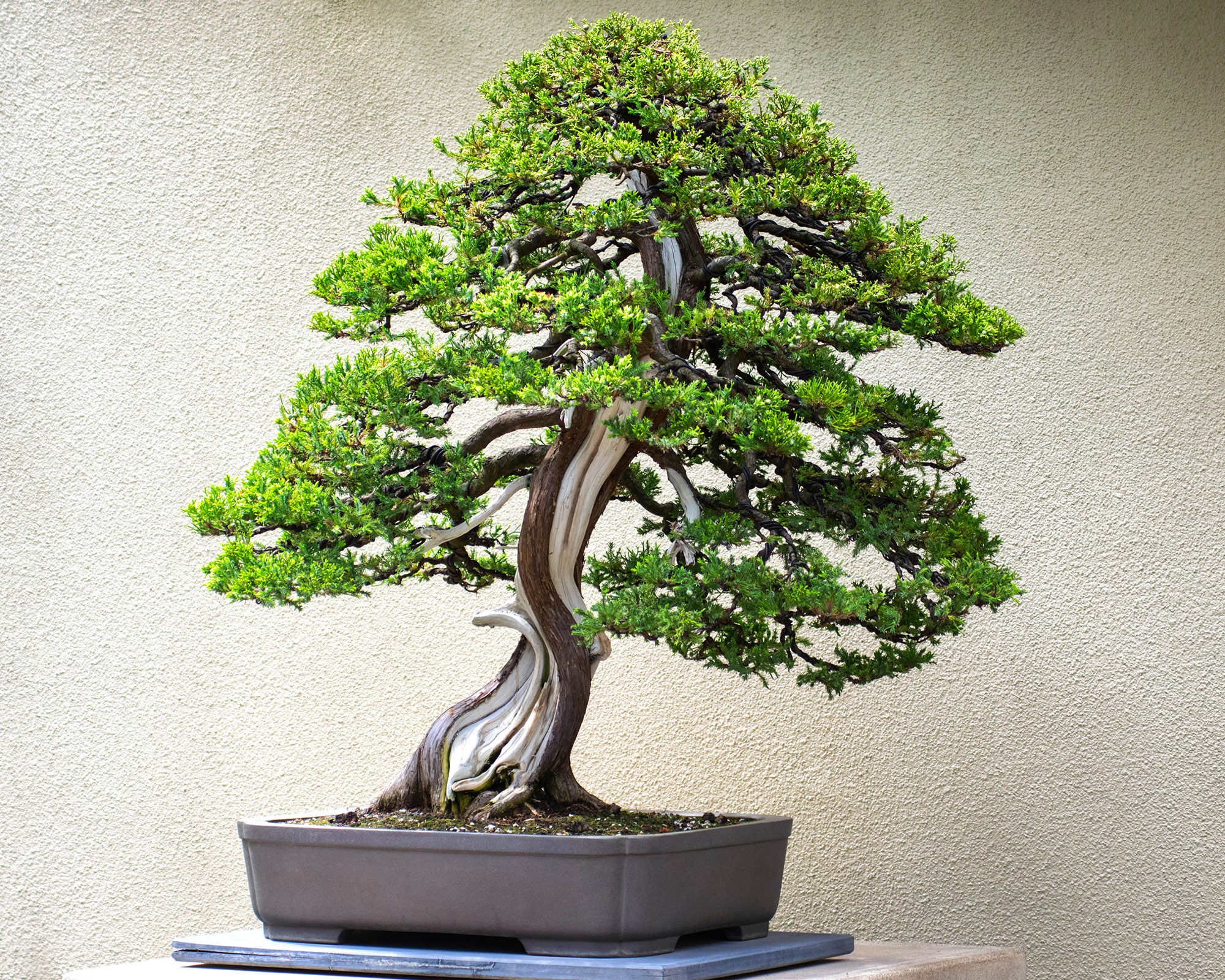
Junipers are easy to find and they make excellent bonsai because of how they grow. They produce clusters of leaves in small groups. These little groups can be pruned away to achieve the effect you want.
Pinch or cut away large leaf groups at the base of the stem. When the foliage clusters become too dense, trim them out with small scissors.
The plants are also ideal to train with wire. Wire the little plant heavily when it is young to begin the shape you desire. Common forms are informal upright, formal upright, and cascading.
Juniper bonsai should be grown outside in a full-sun location. Move the plant to a warmer, protected site during winter. Allow the soil to dry out between waterings. Use organic, time-release pellets to fertilize the plant.
7. Boxwood
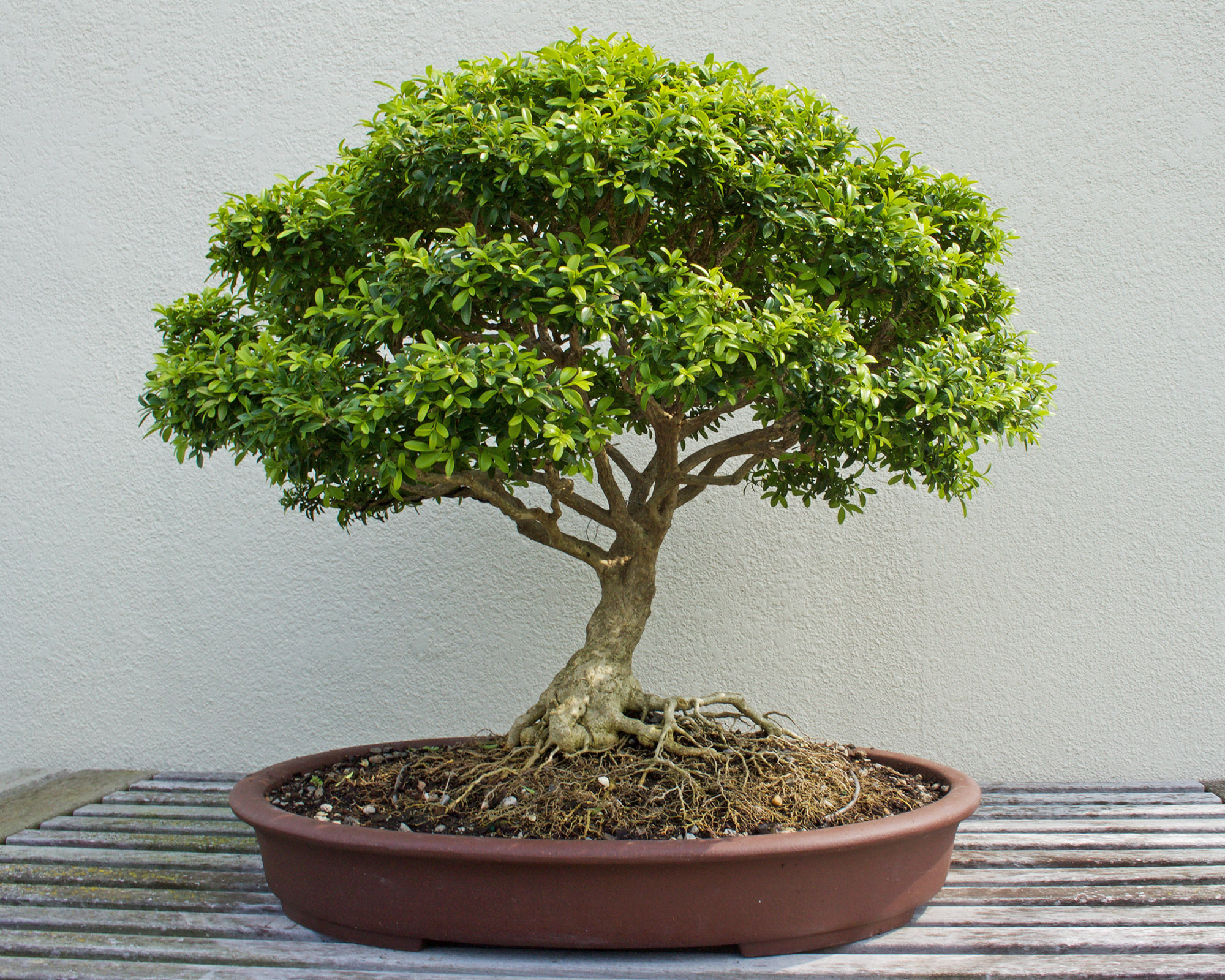
Boxwood plants are very widespread and inexpensive. The two most popular varieties for bonsai are European and Chinese boxwood. They have naturally curving stems, fissured bark, and shallow root balls perfect for bonsai containers.
Boxwoods respond well to pruning and wiring. Trim out new shoots as needed to create the form and remove center-crowded leaves to promote air and light. Wire gently to avoid damaging the bark.
Boxwood may be grown outside or in. Move indoor plants outside for summer. Place the container in full to partial sun. Keep the plant well-watered in summer. Apply liquid fertilizer every week during the growing period.
Other Options
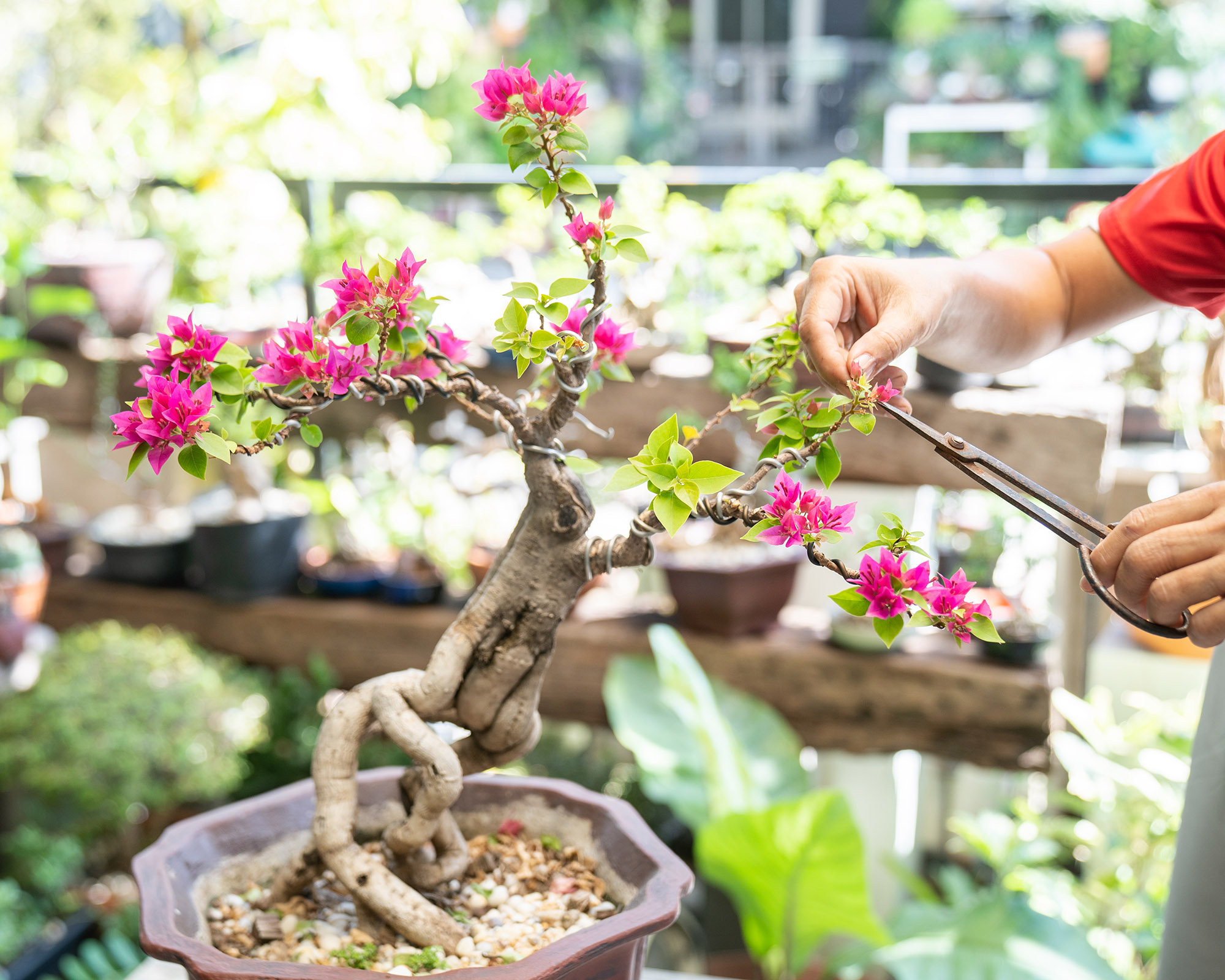
There are several other types of plants that would make excellent beginner bonsai. Bald cypress, bougainvillea, cotoneaster, crepe myrtle, Japanese ornamental cherry, pine, and desert rose would all make beautiful bonsai specimens.
More Unique Plant Inspiration
- Learn how to make a terrarium in a jar – and grow a beautiful miniature ecosystem.
- These fake-looking plants aren’t AI-generated – they’re real and you can grow them!
- Rare houseplant expert shares 5 extraordinary, easy-care varieties to elevate your collection.
- Shop tools and accessories in the Gardening Know How Shop – from gorgeous gardening gloves to practical essentials.
This article features products available from third party vendors on the Gardening Know How Shop.

Bonnie Grant is a professional landscaper with a Certification in Urban Gardening. She has been gardening and writing for 15 years. A former professional chef, she has a passion for edible landscaping.
